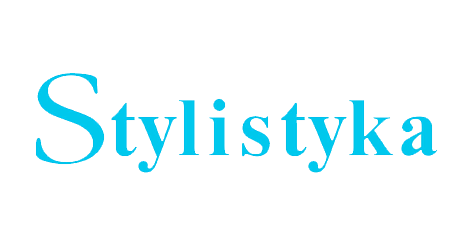

The displacement o f a scientific paradigm has occurred in modem linguistics: the transition from the systematic approach to the study o f language in the communicative approach. We can observe the formation o f a new, communicative stylistics o f text. This stylistics takes place o f the traditional functional stylistics. If the text is the most important part o f the language system in the functional stylistics, then the text in the communicative stylistics is simply a verbal work by a sender which is directed at the addressee. The main intention o f the author-publicist is to convince the reader not only to the legitimacy o f the idea (ideologism), suggested by the author, but also to its correctness. Therefore, the main text-forming (intentional) categories o f any publicistic work as an impactful type o f text are the ideologism, the nomination, the evaluative format, the interpretation and the tone. It means that a certain suggested idea (ideologism) is being realized in the publicistic text with the help o f author’s evaluative foundation, the interpretation o f reality, and the strategy o f naming the stylistic manner o f disclosure (communicative aggression, communicative approval or an emphasized objectivity). All mentioned categories provide the realization o f the author’s global convincing strategy in a publicistic text and further - in a publicistic discourse as a compilation of the publicistic texts, submerged in a communicative situation (for the publicistic discourse - in the ideological communicative situation). And therefore, we can consider the ideologism, the evaluative format, and the ideological interpretation o f the event, to be the discourse (hyper-textual) characteristics o f publicism.
Pobierz pliki
Zasady cytowania